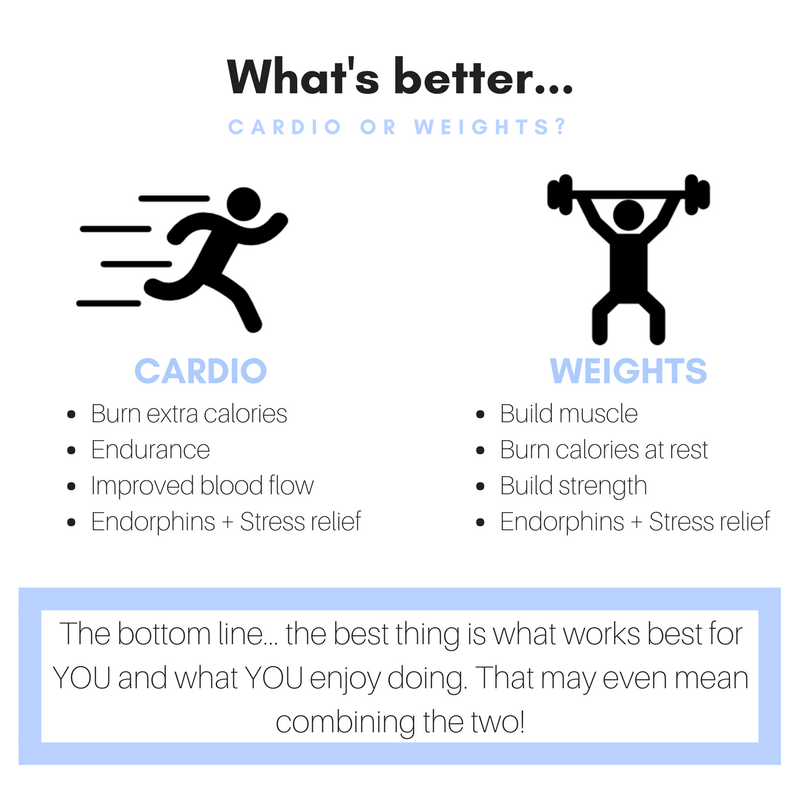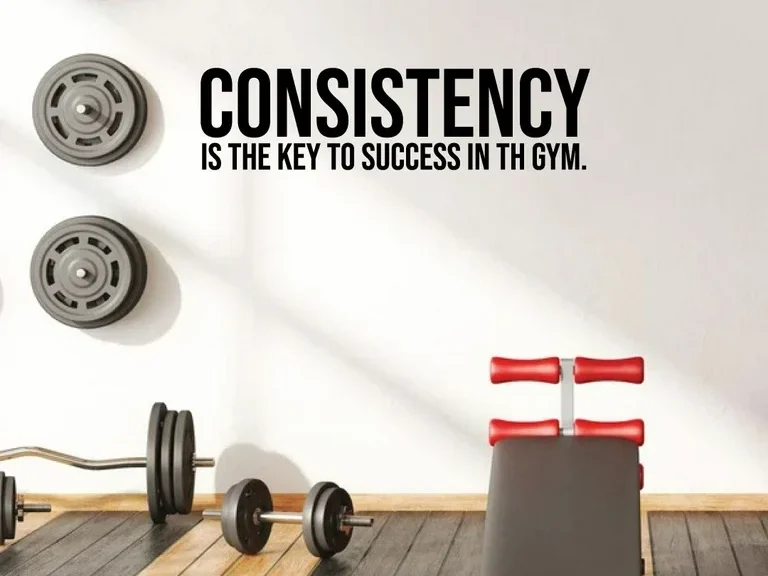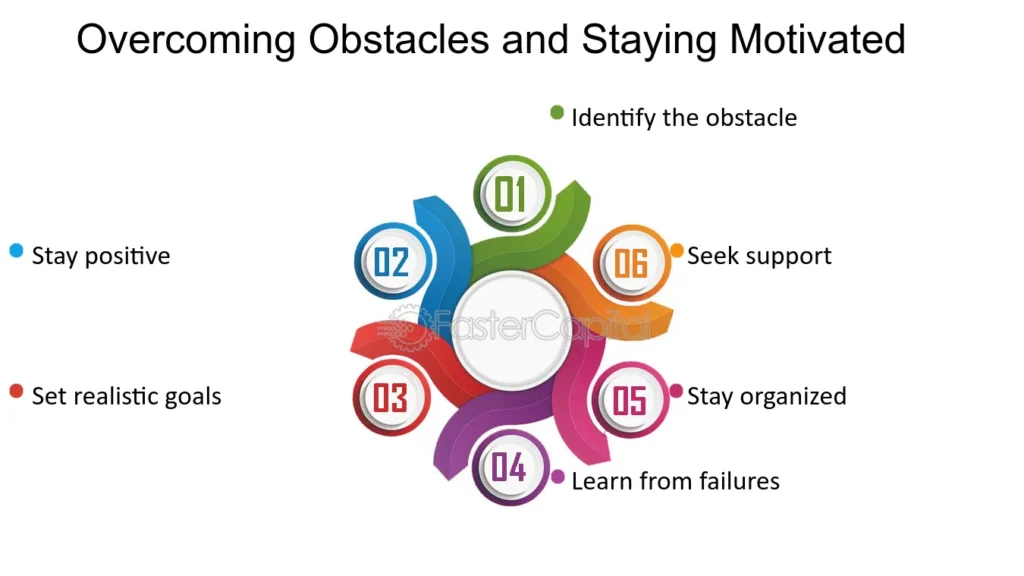
Strength Training vs. Cardio: Which One Is Right for You?
When it comes to fitness, many people wonder: Is strength training or cardio better for me? Both have unique benefits, and the answer depends on your goals. Let’s break it down.

Strength Training: Building Muscle and Power
Strength training involves lifting weights, using resistance bands, or doing bodyweight exercises. It focuses on building muscle and increasing strength. This type of workout improves your metabolism, so you burn more calories even while resting. Moreover, strength training helps with bone density, reducing the risk of osteoporosis as you age.
Additionally, it boosts overall strength, making daily tasks easier. For example, carrying groceries or lifting heavy objects becomes less strenuous. Therefore, strength training is a good choice if you aim to sculpt your body and increase functional strength.
Cardio: Heart Health and Fat Burning
On the other hand, cardio is any exercise that gets your heart rate up, like running, cycling, or swimming. It is excellent for cardiovascular health, enhancing heart function, and improving lung capacity. Cardio also burns more calories per session compared to strength training, making it a great option for those focused on weight loss.
Moreover, cardio can improve endurance, allowing you to perform physical tasks for longer periods. It reduces the risk of chronic conditions, such as heart disease and diabetes. Therefore, if you’re aiming to lose weight or boost heart health, cardio is a top choice.
Combining Both for Best Results
While both forms of exercise offer distinct advantages, combining them can lead to even better results. For instance, you can alternate between cardio and strength training days. This balance helps you build muscle, burn fat, and improve overall fitness.
In addition, mixing cardio and strength training can prevent workout boredom. You’ll stay engaged while seeing progress in different areas. A well-rounded fitness routine keeps your body challenged and avoids plateaus.
Which One Should You Choose?
Ultimately, the decision depends on your personal goals. If you’re aiming for weight loss, cardio should be a key component of your routine. However, if you want to build muscle or strength, prioritize strength training.
For a balanced approach, try combining both. This way, you can experience the benefits of muscle growth, fat burning, and heart health. Remember, the best workout routine is the one that you enjoy and can stick to consistently.
Why Consistency is Key in Fitness
When it comes to fitness, consistency is everything. Without it, progress will be slow, and results may not last. However, staying consistent can sometimes be challenging. So, how can you make it easier?

First, set realistic goals. Break them down into smaller, manageable steps. This way, you won’t feel overwhelmed. Next, schedule your workouts. Treat them like appointments that cannot be missed. Also, make it fun. Choose activities you enjoy, and exercise will become a habit.
Moreover, tracking your progress keeps you motivated. Seeing improvements, no matter how small, boosts confidence. As a result, you stay focused on your long-term fitness journey. Therefore, consistency is not just about showing up; it’s about showing up regularly and with intention.
The Importance of Nutrition in Fitness
Nutrition plays a crucial role in achieving fitness goals. Exercise alone is not enough. You need to fuel your body properly. For example, eating a balanced diet supports muscle growth and recovery. Carbohydrates provide energy, while protein helps with muscle repair. Healthy fats are also essential for overall well-being.
In addition, hydration is often overlooked. Drinking enough water improves performance and aids recovery. Therefore, always stay hydrated before, during, and after workouts.
Furthermore, focus on whole foods instead of processed ones. Whole foods offer essential nutrients your body needs to function at its best. By eating nutrient-dense meals, you’ll feel more energized and perform better during workouts.
Rest and Recovery: The Unsung Heroes
Rest and recovery are often forgotten in fitness routines. However, they are just as important as exercise itself. When you work out, your muscles experience tiny tears. Rest allows your muscles to heal and grow stronger. Without proper recovery, you risk injury and overtraining.
Therefore, make sure to incorporate rest days into your schedule. Sleep is also vital. It helps with muscle repair, mood regulation, and overall recovery. If you’re feeling sore, consider doing light activities like stretching or walking. These promote blood flow and help with muscle recovery.
In addition, listen to your body. If you’re feeling fatigued, take an extra rest day. Your body will thank you in the long run.
Mental Health and Fitness: A Powerful Connection
Fitness doesn’t only benefit the body; it’s great for your mind too. Exercise releases endorphins, chemicals that boost your mood. As a result, regular workouts can reduce stress, anxiety, and depression.
Moreover, exercise helps improve focus and cognitive function. Whether it’s cardio or strength training, both forms of exercise stimulate brain activity. This leads to better concentration and productivity throughout the day.
Additionally, physical activity offers a sense of accomplishment. Completing a challenging workout, no matter how small, gives you confidence. Thus, fitness becomes not only a way to improve physical health but also mental well-being.
Staying Motivated: Overcoming Obstacles
Everyone faces obstacles when it comes to fitness. Some days you may feel tired, while other days you may lack motivation. However, the key is to push through these moments.
Start by setting a routine. Knowing when and where you’ll work out makes it easier to stay committed. On difficult days, focus on doing just a little. Even a short workout is better than nothing.
Additionally, find a workout buddy or join a fitness community. Having support can keep you accountable. Finally, celebrate your progress. Whether it’s a new personal record or a healthier lifestyle, acknowledging your success will keep you motivated.

Conclusion
To sum up, both strength training and cardio offer unique benefits. Cardio helps with endurance, heart health, and fat burning, while strength training builds muscle and strength. By incorporating both into your routine, you’ll achieve a comprehensive fitness plan that supports your long-term health and fitness goals.




